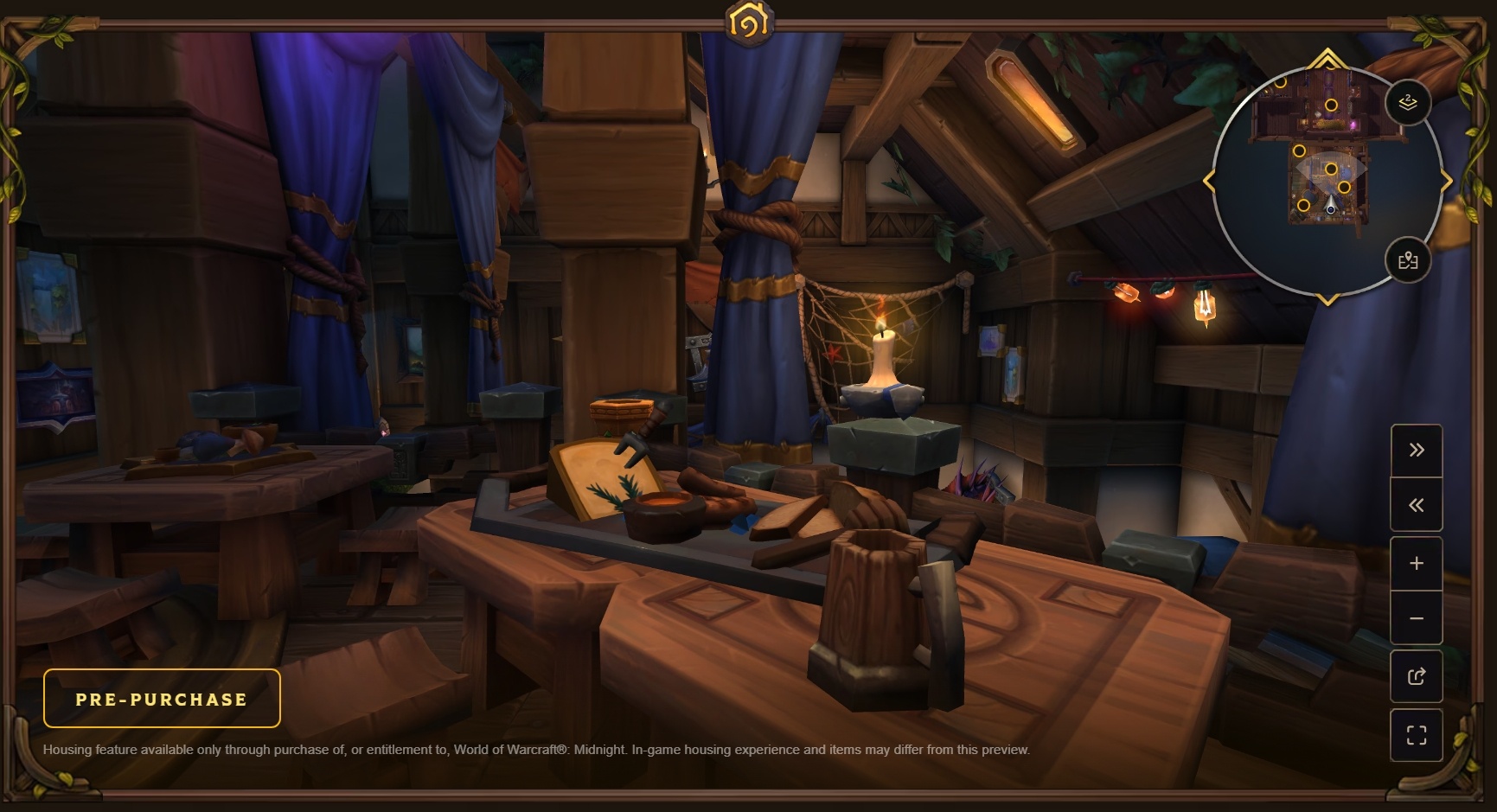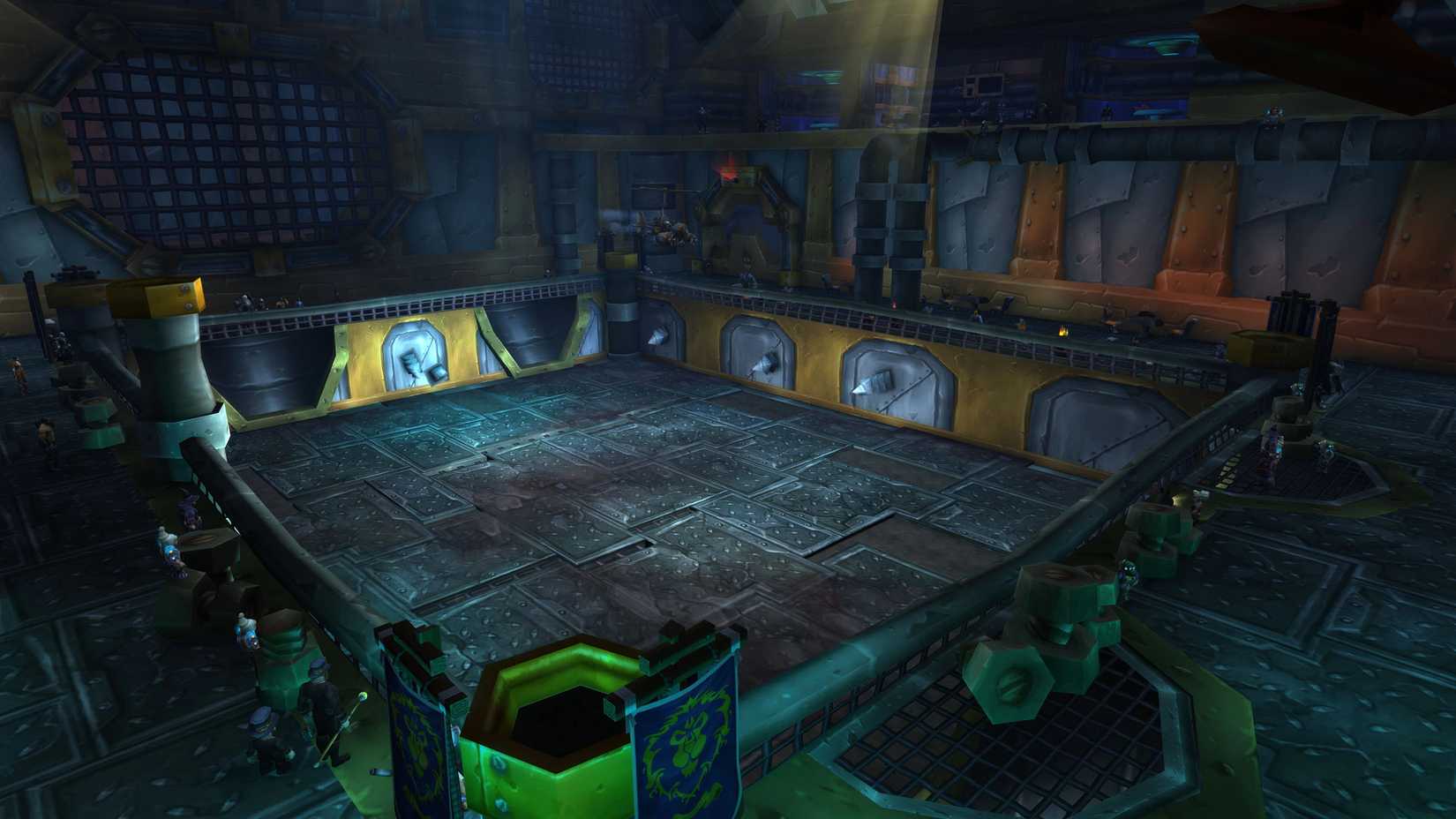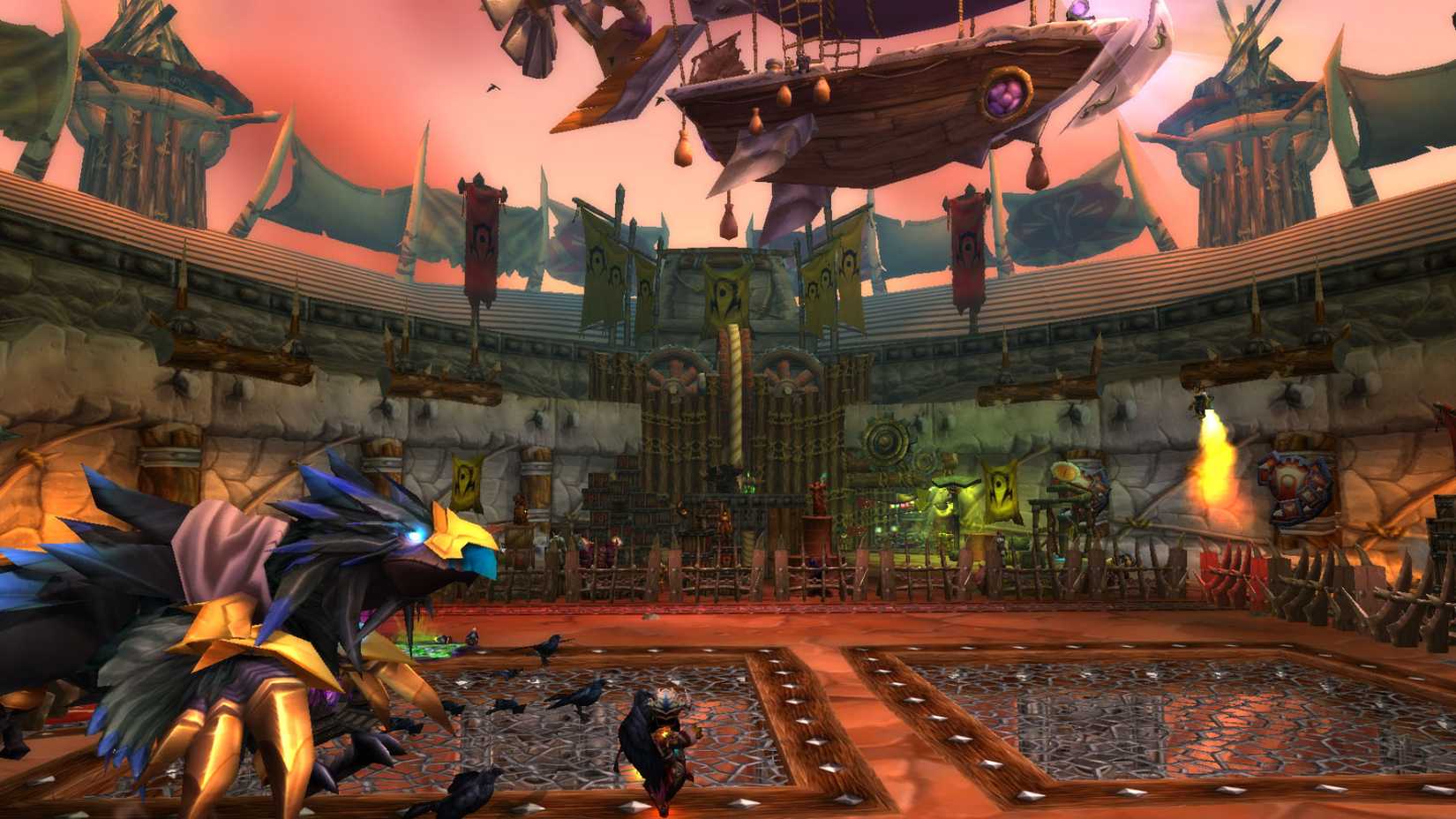The Shadow of the Void: Blizzard’s World of Warcraft: Midnight Changes Spark Addon Apocalypse for Endgame Content
Popular Now
 Rust
Rust
 Minecraft
Minecraft
 Toca Boca World
Toca Boca World
 Stumble Guys
Stumble Guys
 Sonic the Hedgehog™ Classic
Sonic the Hedgehog™ Classic
 Fortnite
Fortnite
 League of Legends
League of Legends
 FIFA 23
FIFA 23
 The Legend of Zelda
The Legend of Zelda
 Schedule I
Schedule I 
The landscape of Massively Multiplayer Online Role-Playing Games (MMORPGs) is perpetually in motion, but few announcements have sent ripples of discussion and debate through a community quite like the latest news from the World of Warcraft Alpha for the upcoming expansion, Midnight. The developers at Blizzard Entertainment are enacting significant, fundamental changes to the game’s AddOn Application Programming Interface (API), specifically targeting the functionality of crucial real-time combat tools. This strategic move, intended to recalibrate the core gameplay experience, has already resulted in the definitive end of development for arguably the most powerful and popular community-created tool in the game’s history: WeakAuras.
The controversy centers on a core design philosophy shift. For years, the most challenging PvE content, including Mythic Raids and high-level Mythic+ Dungeons, has been effectively designed around the assumption that players would be using essential third-party tools like Deadly Boss Mods (DBM), BigWigs, and the aforementioned WeakAuras. These AddOns transcended mere quality-of-life enhancements, evolving into a mandatory second-layer interface that automated complex tactical decision-making, managed cooldowns, and provided hyper-specific, real-time alerts for boss mechanics. Blizzard’s new direction aims to “rein in” this reliance, pushing for an experience where core combat success is derived from a better-designed base game and player intuition, not from third-party automation.
The Disappearance of WeakAuras and the API Lockdown
The key development that has stunned the community is the severe restriction on an AddOn’s ability to read and act upon real-time in-combat data. This is the very lifeblood of AddOns like WeakAuras, a highly flexible framework used to create custom visual and auditory alerts for nearly everything: tracking personal buffs and procs, monitoring enemy debuffs, and executing complex, synchronized raid-wide actions. In a statement that confirmed the fears of many, the WeakAuras development team announced they would not be creating a version for Midnight. Their reasoning was clear: the new restrictions are so comprehensive that core functionality—such as using complex conditions, actions, or managing multiple triggers—would become impossible, rendering the AddOn a “barely recognizable version” that would require months of impractical refactoring.
 Furthermore, other combat staples are immediately impacted:
Furthermore, other combat staples are immediately impacted:
- Deadly Boss Mods (DBM) and BigWigs, which provide timers and warnings for boss abilities, will also find their core functionality compromised due to the inability to access certain combat events and data streams. Blizzard intends to replace this functionality with new, built-in boss alert systems.
- AddOns that relied on tracking the cooldowns and resource states of other players in a group, such as OmniCD, face an uncertain future as this peer-to-peer data access for real-time problem-solving is a primary target of the new API lockdown.
- Even ostensibly “harmless” tools that track damage output (damage meters) or simplify complex rotations (rotation helpers like Hekili) are either being replaced by new in-house features or will be severely limited by the inability to track granular combat events and player state.
This “addon apocalypse,” as some players are calling it, represents a seismic shift for the WoW Endgame community, particularly those engaged in high-stakes competitive play where split-second reaction times and perfectly synchronized group movements are paramount. (Source: IGN, DualShockers, Wowhead).
Blizzard’s Vision: Accessibility and Core Game Improvement
Game Director Ion Hazzikostas and the development team have been transparent that this initiative is not a punitive measure but a necessary course correction designed to improve the game’s health, accessibility, and overall design integrity. Their central argument is that when a player requires an air horn from a third-party application to avoid a lethal boss mechanic, the developers have “dropped the ball.”
The philosophical shift is underpinned by two major design changes in Midnight:
1. Class Pruning and Simplification: In tandem with the API changes, all classes are undergoing significant rework, resulting in fewer abilities and simpler, less cognitively demanding rotations. The goal is to reduce the “button bloat” and the reliance on complex, AddOn-driven feedback loops to play a class optimally. This should inherently reduce the need for AddOns that dictate “what button to press next.”
2. Built-in Functionality: Blizzard is integrating several features directly into the core game interface to fill the void left by the defunct AddOns. Early Alpha previews of Midnight already showcase:
- An improved Cooldown Manager for tracking abilities.
- A customizable personal resource Heads-Up Display (HUD).
- A new, in-house Boss Alert System intended to replace DBM and BigWigs.
- A built-in damage meter.
While these in-house replacements are currently less comprehensive than their AddOn counterparts, Blizzard has indicated they are starting with the most extreme version of restrictions and plan to “pare back” based on constructive community feedback as the Midnight Alpha progresses. This suggests a willingness to adjust, but the core principle of limiting real-time combat decision-making power from third-party tools appears non-negotiable.
 The Future of WoW Gameplay and The Console Port Speculation
The Future of WoW Gameplay and The Console Port Speculation
The profound nature of these UI and AddOn changes has led to widespread speculation among players regarding Blizzard’s long-term strategy, with the most persistent theory being a foundational preparation for an official World of Warcraft Console Port. Simplifying class rotations and reducing the reliance on intricate, mouse-and-keyboard-dependent UI AddOns aligns perfectly with the design constraints of console controllers. While Blizzard has not officially confirmed a console version of the main game, the parallel simplification effort is impossible to ignore.
The community’s response is, predictably, fractured. Many veteran players, accustomed to the deep customization and automated assistance provided by WeakAuras, express frustration, worrying that the replacements will be “half-hearted” and buggy, falling short of the polished, community-driven efficiency they have relied upon for over a decade. Others view this as a positive, necessary step: a long-overdue return to core gameplay skill and a leveling of the playing field that removes the “mandatory” nature of AddOns for high-level competitive play, which often intimidated new or returning players.
As World of Warcraft: Midnight moves toward its expected release in Early 2026 (following The War Within in 2024), the pressure is squarely on Blizzard to deliver a base UI and combat design that is not just a substitute for the now-defunct AddOns, but a genuine improvement. The void left by WeakAuras is immense, and its absence will fundamentally redefine what it means to master an encounter in Azeroth’s most challenging content. For now, the future of the competitive MMORPG scene hinges on the success of Blizzard’s ambitious, high-risk pivot.
This is a developing story, and the community eagerly awaits further updates from the Midnight Alpha regarding the full capabilities of the new in-game tools. Only time will tell if this dramatic change is the catalyst for a cleaner, more accessible WoW experience, or if it will simply raise the barrier for entry into the PvE endgame for the millions of players who once relied on the power of community-created modifications.










 The Future of
The Future of